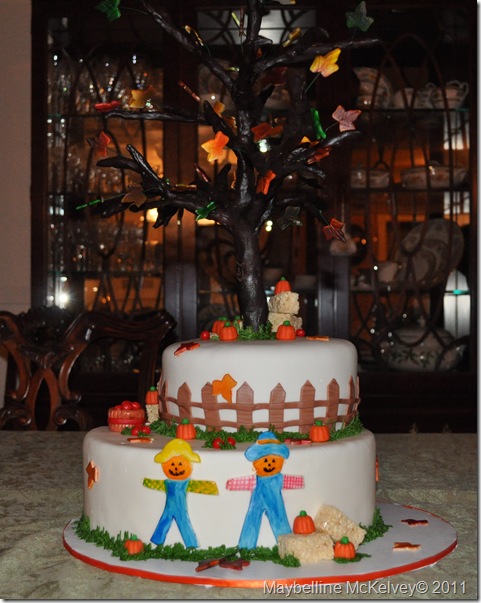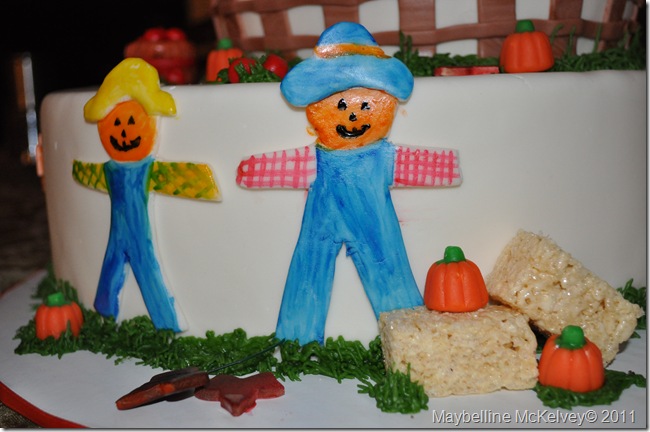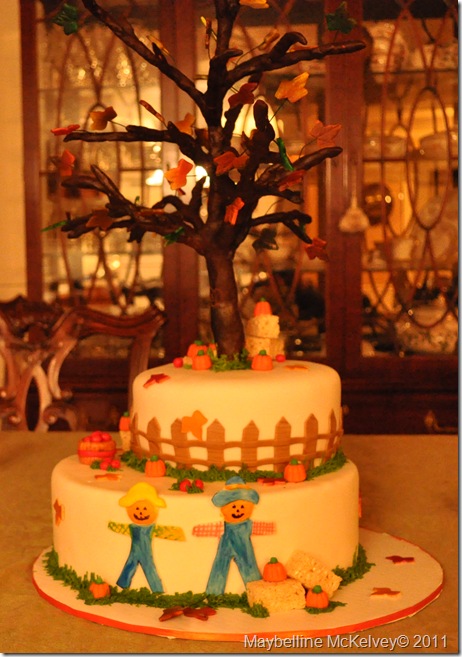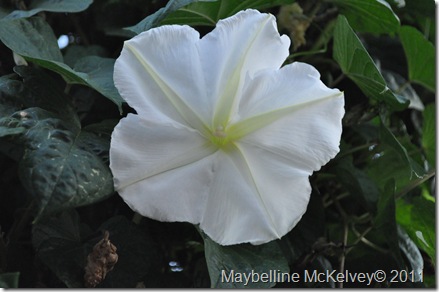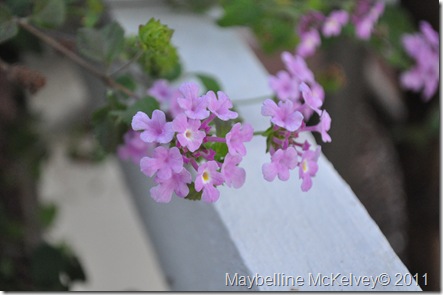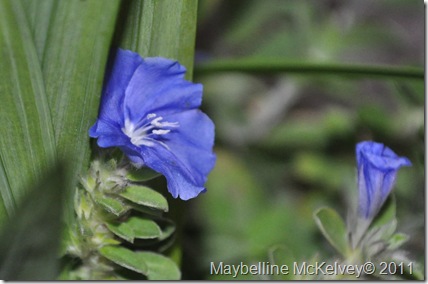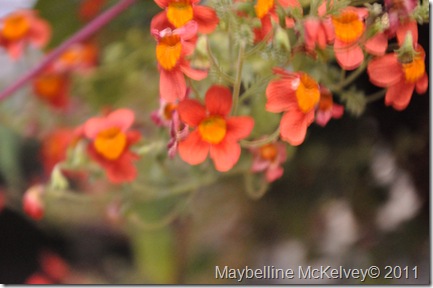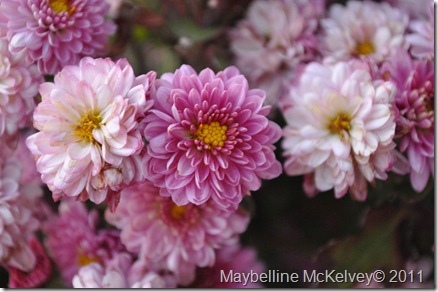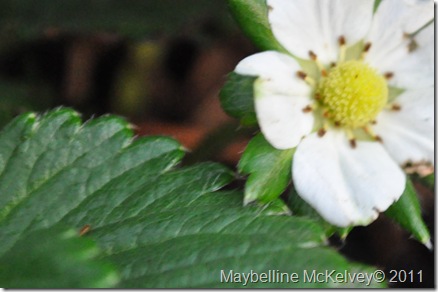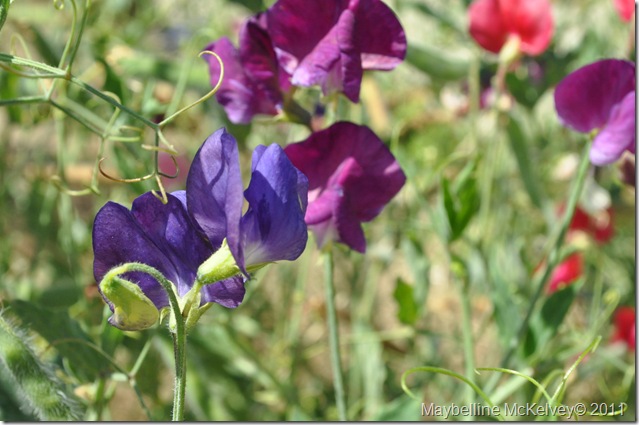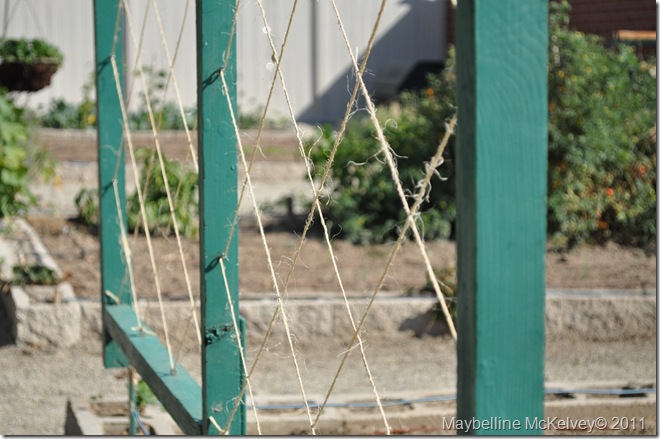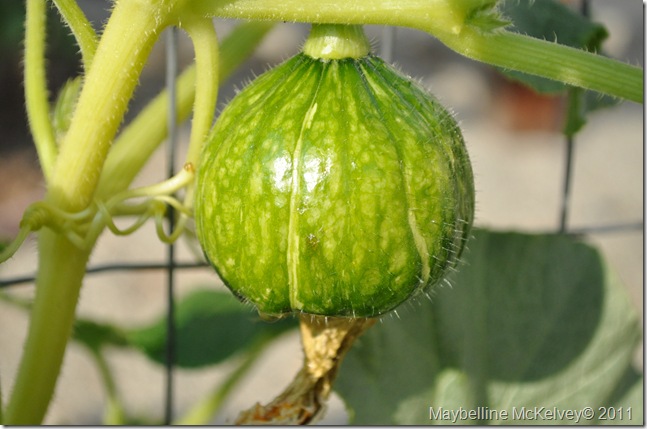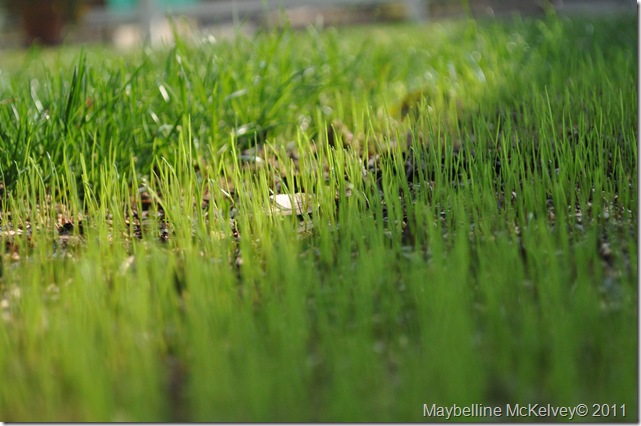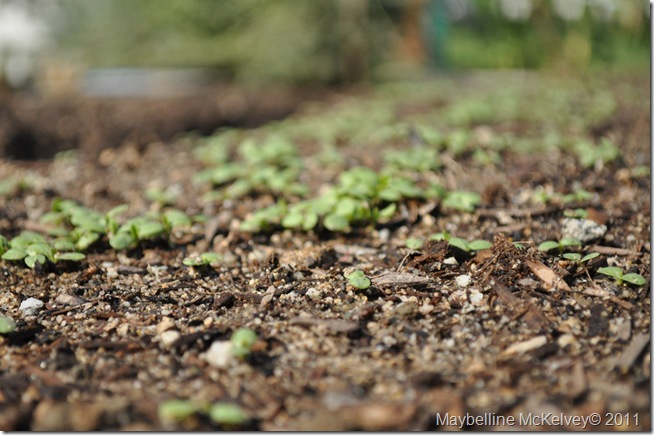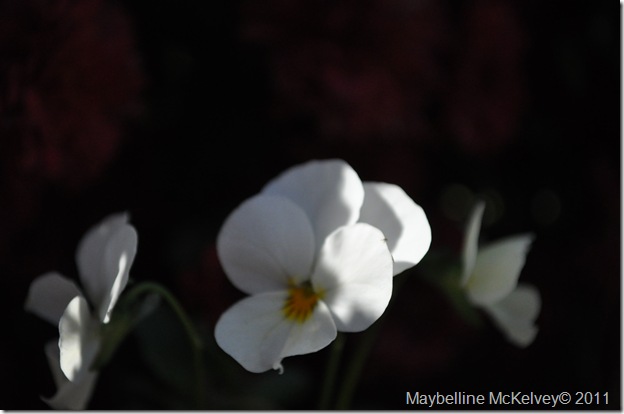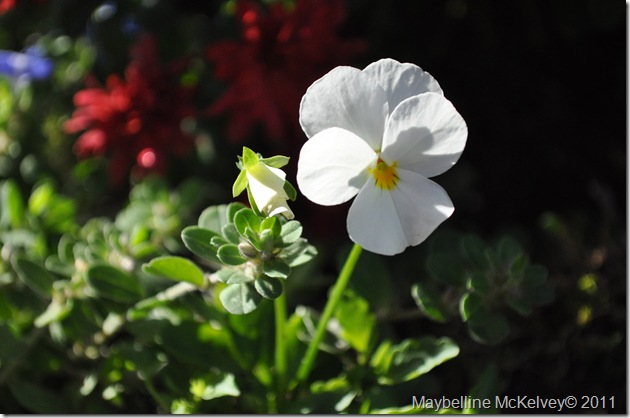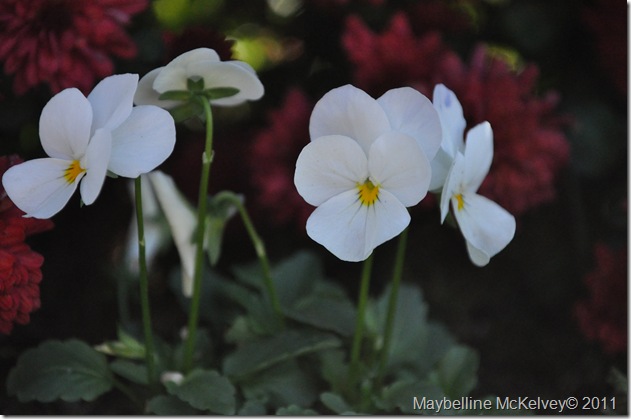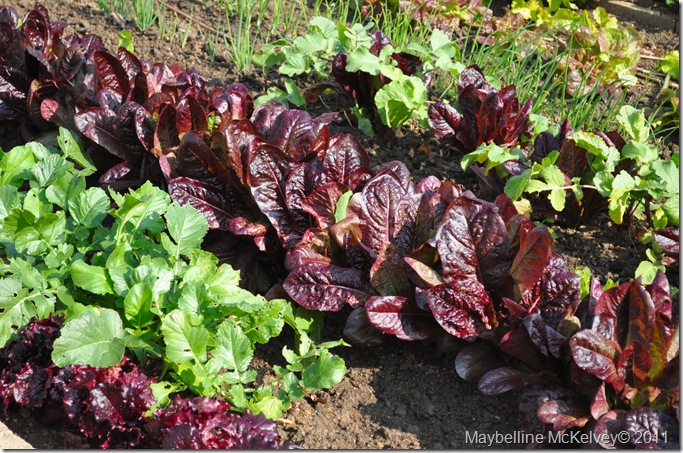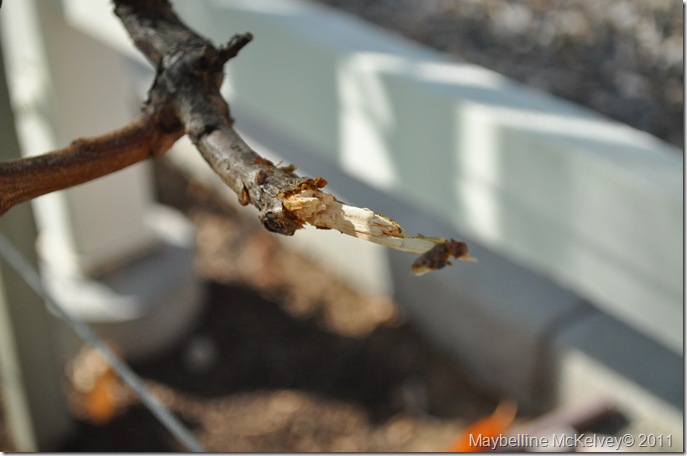Our mailbox is the old fashioned kind. No community locked boxes. It’s out at the end of the driveway under a telephone/electric pole. Up at the top of that pole many different birds perch, eat, nest, and do their business. As a result, many different varieties of plants sprout as volunteers. Palm trees are the number one offender that get yanked out whenever I see them. Mulberry and pecan trees have also taken root only to be removed. Even peppers have been brought to this spot by my avian friends.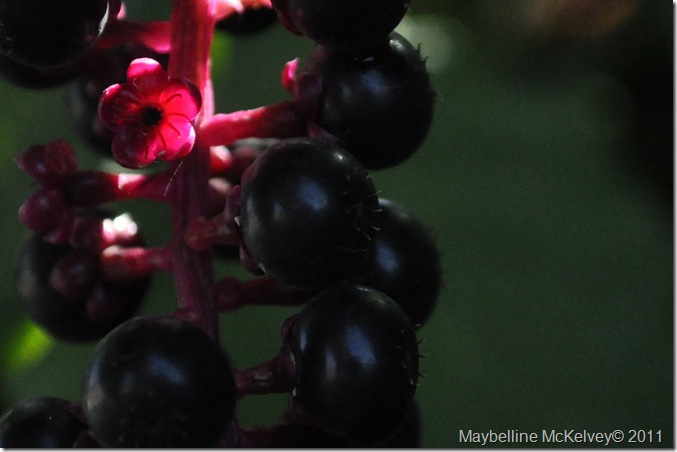 A bushy type plant sprouted this summer and I’ve been letting it develop because I really don’t know it’s identification. Anyone have an idea? Here’s some clues:
A bushy type plant sprouted this summer and I’ve been letting it develop because I really don’t know it’s identification. Anyone have an idea? Here’s some clues: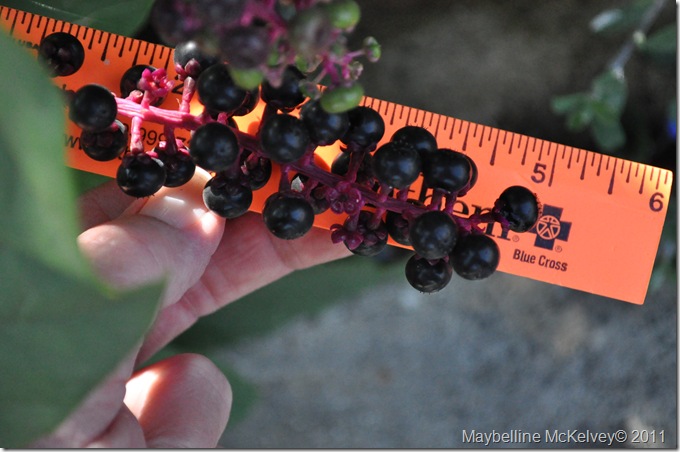 The berries form in clusters. They start out green on pink stems. As they develop they turn dark purple. A smashed berry stains the concrete below.
The berries form in clusters. They start out green on pink stems. As they develop they turn dark purple. A smashed berry stains the concrete below.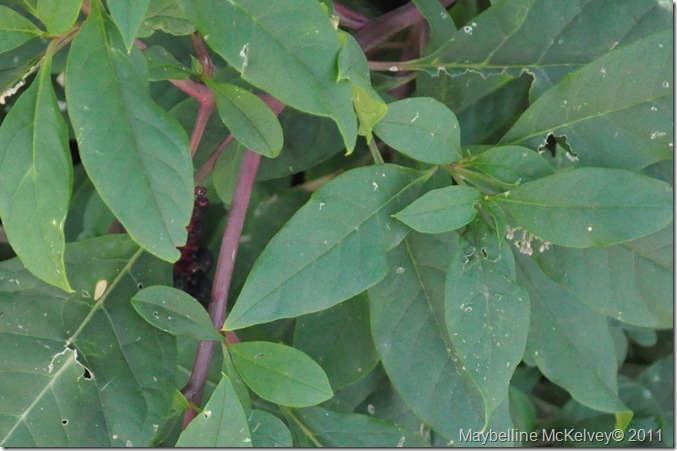 Almond shaped leaves are abundant on this shrub.
Almond shaped leaves are abundant on this shrub. What the heck do I have here? Blueberries? And what should I do with whatever it is?
What the heck do I have here? Blueberries? And what should I do with whatever it is?
This just in: The mystery plant has been identified as Pokeweed. It turns out that Pokeweed is extremely dangerous/poisonous. I went out and yanked it from this good Earth and tossed it in the green waste to be picked up tomorrow.
And now I can’t get the song Poke Salad Annie out of my head. Thanks for the ID everyone.
Who knew this mystery plant/weed could lead to so much entertainment.


